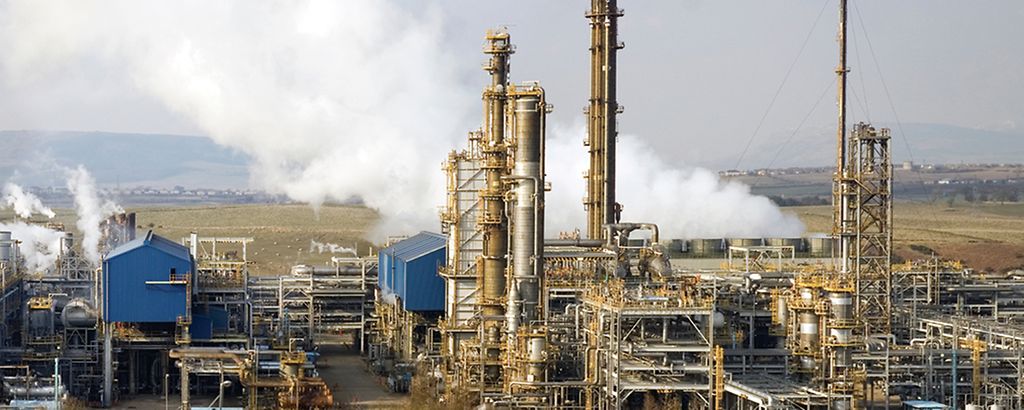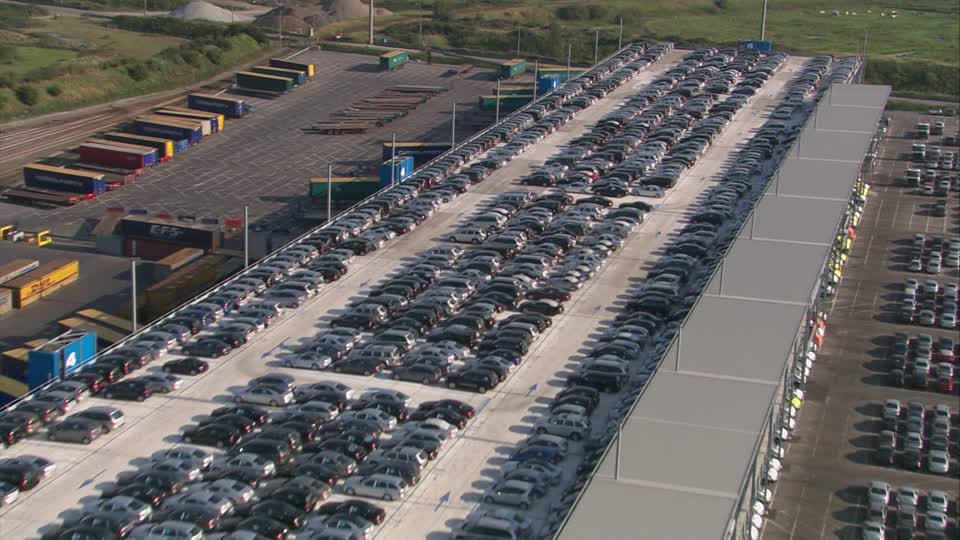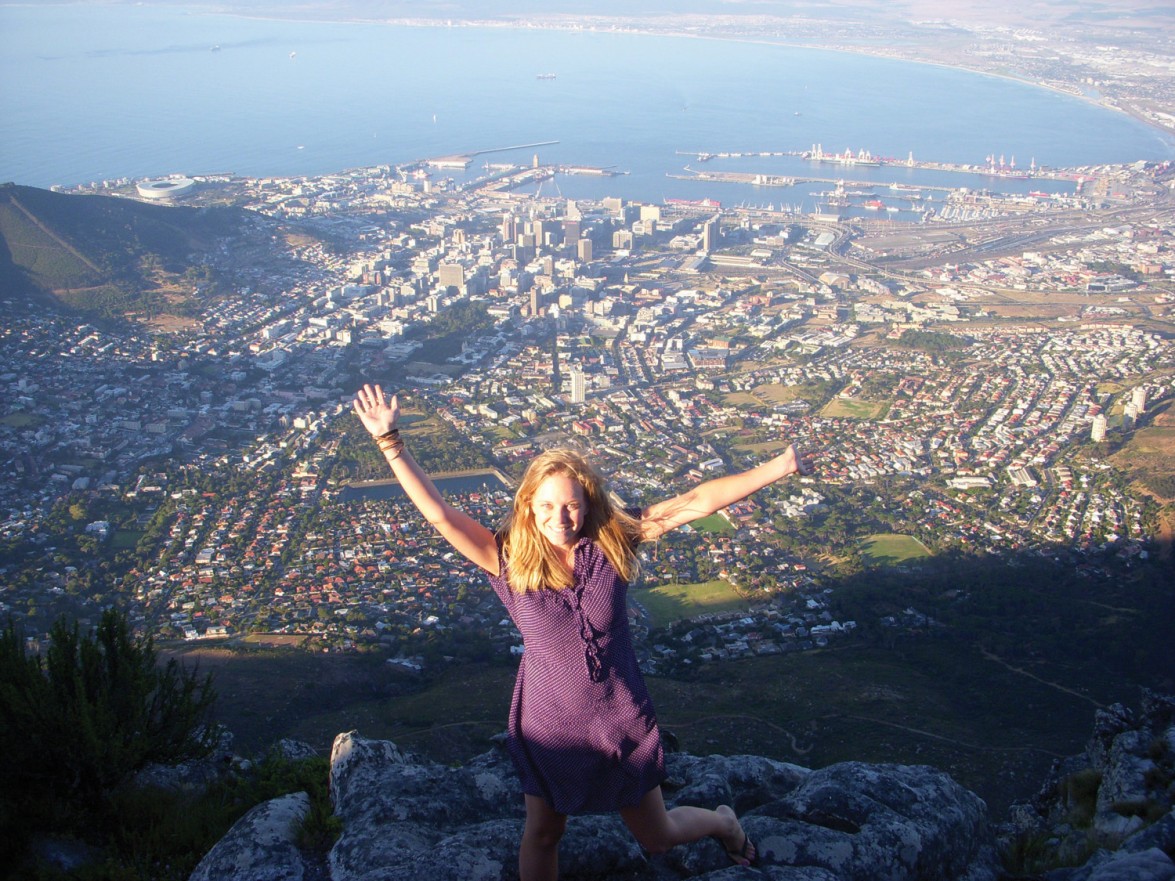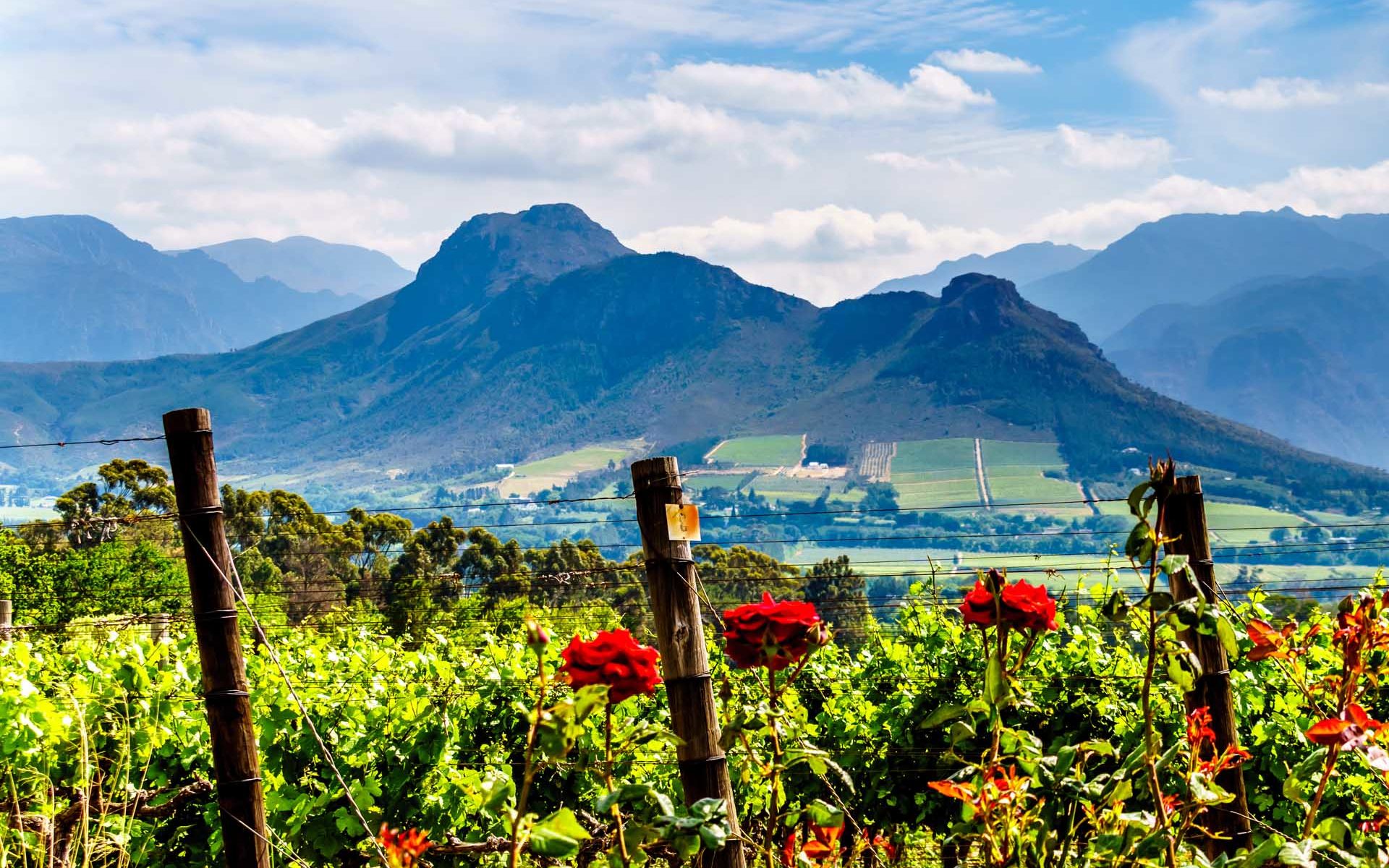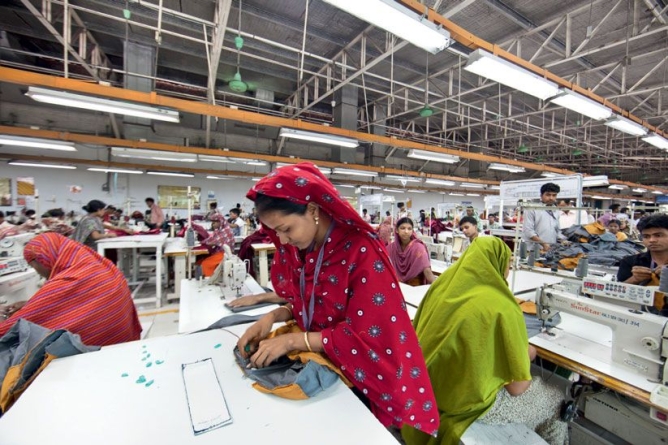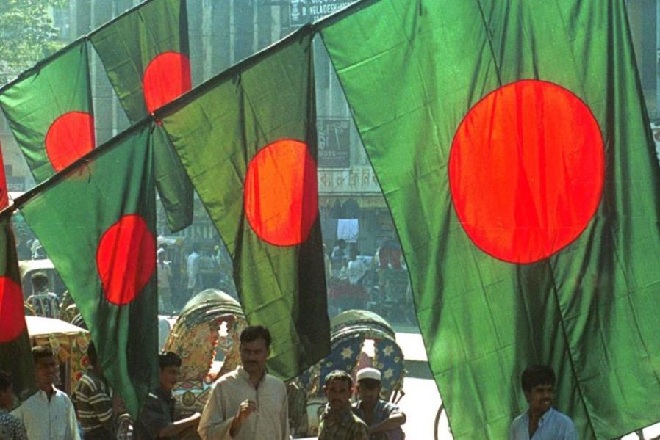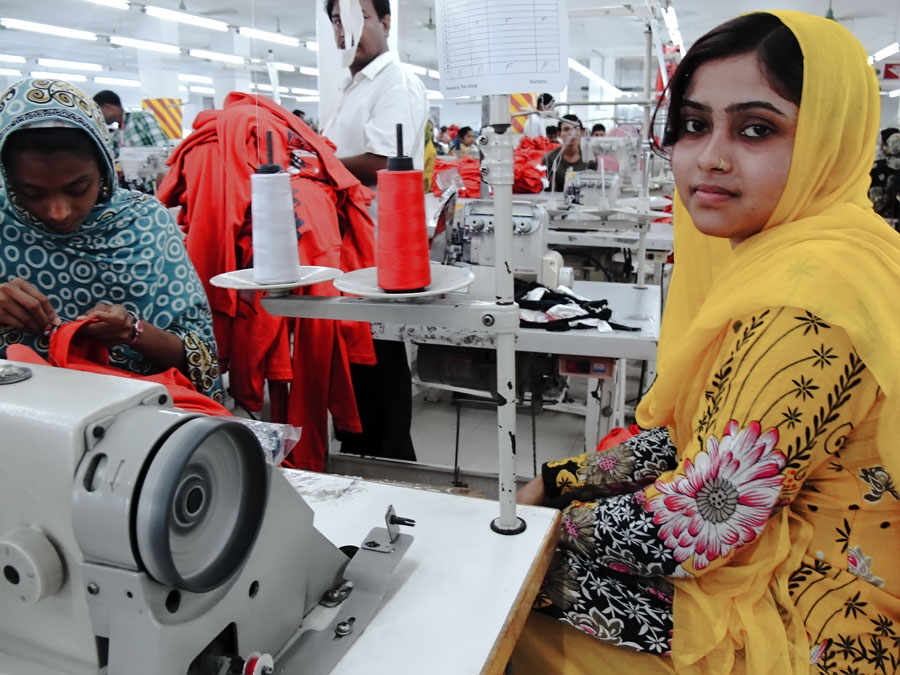The local toy-makers have gradually occupied 60 per cent of the market, helping to reduce the country’s dependence on imported toys, thanks to an increase in local and foreign investment, production of high-quality toys and government policy support.
Bangladesh Toy Merchants, Manufacturers and Importers’ Association (BTMMIA) president and managing director of Everest Toys Industry Ltd, Shajahan Mozumder, told The Independent that local toy producers had occupied 60–70 per cent of the market. In 2010, only around 25 small manufacturers used to manufacture toys in Bangladesh. But at present, that number had risen to nearly 150.
About quality, he said around 15–20 factories produced high-quality toys. Such manufacturers included the Hakkani Hark Group, Kabir Garden Industries, Aman Plastic Industries, Sabbir Plastic Industries and Sumon Plastic Industries, said Mozumder.
Toys worth Tk 5,000 crore were imported 8–10 years back but the volume had came down to Tk 2,000–3,000 crore at present, added Mozumder.
The size of the local market is worth Tk 7,000 crore; in that, Tk 4,000 crore worth of toys are being manufactured by the local toy-makers and the rest is imported, said BTMMIA president.
Comparing the local toys with the foreign products, he said the quality of the local brands was improving day by day and local manufacturers were taking over the market. “So, our toys will replace the Chinese toys very soon,” he said.
“Currently, our import has been gradually shifting towards raw materials, indicating that we are moving towards enhancing toy manufacturing,” he added.
Replying to a question, he said that three foreign factories, located in Chattagram, Comilla and Lalmonirhat, had started manufacturing high quality toys. They export products to countries such as the USA, European nations, China and Denmark.
These three factories were doing business worth Tk 200–250 crores annually, informed Mozumder.
About employment generation by this sector, he said that around two lakh people were directly employed directly and 20 lakh indirectly in this sector.
Zahid Enterprise, a toy manufacturing company in Bangladesh, has been in the business for many years.
Talking to The Independent, the owner of Zahid Enterprise, Zahidul Haque Zahid, said just six to seven years back, Bangladesh imported nearly 90 per cent of its toy products, but now that figure was down to around 35–40 per cent. The local market, according to him, was growing at the rate of about 15 to 20 per cent per year.
All types of toys—remote-controlled cars, binoculars, plastic dolls and lego—were being currently produced by the local manufacturers. “In our factory, we produce 400–500 types of toys,” he said.
Our yearly production capacity is 8–10 lakh pieces and the turnover is Tk 8–10 crore, said Zahid.
Talking about employment generation, he said huge employment opportunities could be created in this sector because the demand for local and global toys was increasing steadily.
“When I started my business, there were only 15 to 20 employees; now, nearly 200 employees are working for my company, and the number will increase in the near future,” he said.
Zahid also sounded optimistic about the future. “Once, Japan was the sole toy-producing and sourcing country in the world. Then, China occupied the market for many years. Eventually, China started shifting their businesses to high-tech industries. So, there is an ample opportunity for us to capture the global market.”
Pointing to a drawback, he said, “We have still not been able to produce quality moulds. So, this is definitely our biggest limitation, and it needs to be addressed.”
“We need land and more infrastructural support to increase production and export activities,” he added.
“We are also lack some of the latest machines and trained workers as well,” he added. Citing an example, he said that fitting machines and colour machines, which puts colours on toys, are not widely available in our country.”
When asked about the exports, he said we don’t export toys but we produce toys to meet the local demand. But Bangladesh toys are already available in the Netherlands, Spain, Germany, Russia, Japan, Australia, the US, and other countries.
“We have the ability to export our toys abroad but we are unable to do so without the government’s support,” say industry insiders.
When asked about toxic toys that harm the environment, Zahid said, “Plastic toys that are cheap and of low quality are harmful for the environment. But we follow proper regulations and guidelines while making toys.”
By enhancing their capacity, toy manufacturers were keen to enhance their skills with the help of foreign technologies, especially from countries which were good at it, he added.
When asked about the local market size, he said it was worth about Tk. 7,000-8,000 crore, and nearly 6,500 retail shops were selling toys across the country.
About the challenges, he said that 50 per cent of the toys were being locally manufactured but 20 per cent of the toy parts and accessories, such as remote controls, electric and non-electric motors and gear boxes were still being imported.
“So, we should produce more parts and accessories locally in order to reduce import dependency,” he said.
Mozumder pointed to the challenges posed by inadequate infrastructure. “We need land along with infrastructure facilities inside an economic zone to build separate factories for toys, parts and accessories.”
Sounding a note of optimism, he said, the dependency on imported toys, toy parts and moulds is falling, because, despite a small range, the local toy-makers were making toy parts with innovative designs and technical initiatives.
Citing an example, he said, “Once China used to control 90 per cent of the world toy market. In 2010, we imported toys worth around Tk. 5,000 crore from China, but in 2018 this value has already come down to Tk. 2,000 crore. Thus, the reliance on imported toys is diminishing.”
When asked whether Bangladesh exported toys, he said the country had started doing so, though the scale was still very small. At present, only three factories were exporting toy products to European countries.
The most important products of local makers were tricycle baskets, relax baby chair, toy furniture sets, toy guns and dinky cars, he said.
Yeasin Alam, a shopkeeper from ‘Toy World Store’ in New Market, told The Independent, “People are purchasing Chinese toys more than before. But local toy-makers have changed their marketing strategy and are producing quality toys at affordable prices. In the last two to three years, our sales have gone up more than in any preceding period,” he said.
Locally made ‘Lego’ was the highest selling product so far, he said.
Scion Industrial Engineering providing all kind of industrial engineering spare parts in Bangladesh.
Source:http://www.theindependentbd.com/post/182022



